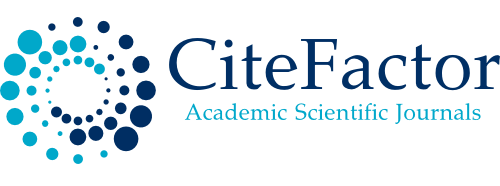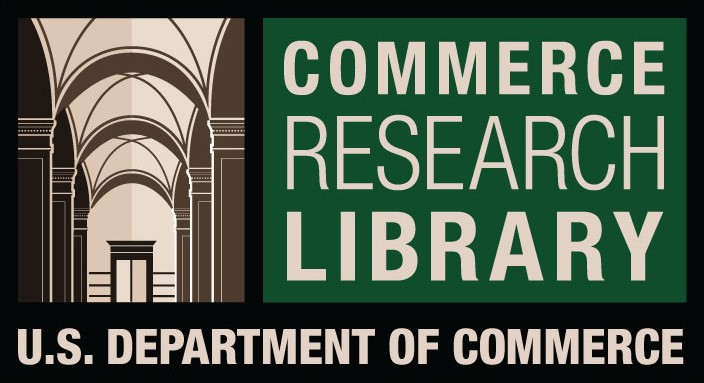Inclusive Education and avenues of learning for learners with Muscular Dystrophy: A Case Study
DOI:
https://doi.org/10.61841/vk1wyj68Keywords:
Muscular dystrophy, Duchene muscular dystrophy,, ,awareness of parents, inclusive education.Abstract
Muscular Dystrophy is a group of diseases that cause progressive weakness and loss of muscle mass. In muscular dystrophy, abnormal genes (mutations) interfere with the production of proteins needed to form healthy muscle. Consequently, with time, the afflicted loses the ability to even carry out an elemental function like body movements. It is an agonisingly painful phase in the patients’ life as they battle with the disease that threatens to choke their chances of sustenance with each passing day. Even more dismal is the lack of awareness regarding the disease, hence, the possibilities of creating appropriate scaffolds to facilitate the well- being of people afflicted with muscular dystrophy is minimal at present. This lacuna is more entrenched in education. It is pertinent to refer to the Rights of Persons with Disabilities Bill – 2016, in this context. With the amendment now, the Government of India has extended the ambit of Disabilities from 7 to 21, with muscular dystrophy indicated as separate class of specified disability. Given this premise, it is imperative to note that it is now a mandatory clause for all the government funded educational institutions as well as those recognized by the government to proffer inclusive education to such learners. In this contextual frame, this study attempts to present 5 case studies pertaining to learners with muscular dystrophy. The author has personally witnessed a lack of information among the parents and, therefore, their inability to help their children affected with muscular dystrophy, especially in the case of Duchene muscular dystrophy. Hence, as a long-time personal goal, she developed this study to address this lacuna. Case studies are based on semi‐structured interviews which were conducted with five parents. Analysis of the interview data indicated the willingness of these parents to share information to empower others like themselves. The study etches conclusions that recommend a host of solutions aimed at redefining pedagogies to empower the learning abilities of students with muscular dystrophy.
Downloads
References
1. M. Subba, Rao. Readings in Indo-Angiian Literature, Prospective and Retrospective Volume I - Tradition and Modernity in Indo- Anglian Literature. New Delhi: Kanishka Publishers: New Delhi, 1995. Print
2. Seema, Suneel. Man-Woman Relationship in Indian Fiction. New Delhi: Prestige Books, 1995. Print. blog.preetishenoy.com
3. Shenoy Preeti“Life is What You Make it”, Srishti Publishers & Distributors(2011)
4. Subha, M & Jayasudha, T. Indian Postmodern English Novels: Diachronic Survey. International Journal of English Language & Translation Studies. 2014, 2(3)73Retrieved from http://www.eltsjournal.org
5. Ahmed Fouad Ali (May 13, 2019), Crow Search Algorithm, Slideshare. https://www.slideshare.net/afar1111/crow-search-algorithm?qid=80054cf7-2297-400d-a60a- 6ff013736fea&v=&b=&from_search=1.
6. Almoataz Y. Abdelaziz, Ahmed Fathy, “A novel approach based on crow search algorithm for optimal selection of conductor size in radial distribution networks”,Engineering Science and Technology, an International Journal, Volume 20, Issue 2, April 2017, Pages 391-402.
7. Budi Santosa ; Mirsa Kencana Ningrum, “Cat Swarm Optimization for Clustering”, IEEE, 2009 International Conference of Soft Computing and Pattern Recognition.
8. Pawn Bhambu, “Artificial Bee Colony Algorithm: A Survey”, International Journal of Computer Applications 149(4):11-19 · September 2016.
Downloads
Published
Issue
Section
License

This work is licensed under a Creative Commons Attribution 4.0 International License.
You are free to:
- Share — copy and redistribute the material in any medium or format for any purpose, even commercially.
- Adapt — remix, transform, and build upon the material for any purpose, even commercially.
- The licensor cannot revoke these freedoms as long as you follow the license terms.
Under the following terms:
- Attribution — You must give appropriate credit , provide a link to the license, and indicate if changes were made . You may do so in any reasonable manner, but not in any way that suggests the licensor endorses you or your use.
- No additional restrictions — You may not apply legal terms or technological measures that legally restrict others from doing anything the license permits.
Notices:
You do not have to comply with the license for elements of the material in the public domain or where your use is permitted by an applicable exception or limitation .
No warranties are given. The license may not give you all of the permissions necessary for your intended use. For example, other rights such as publicity, privacy, or moral rights may limit how you use the material.









